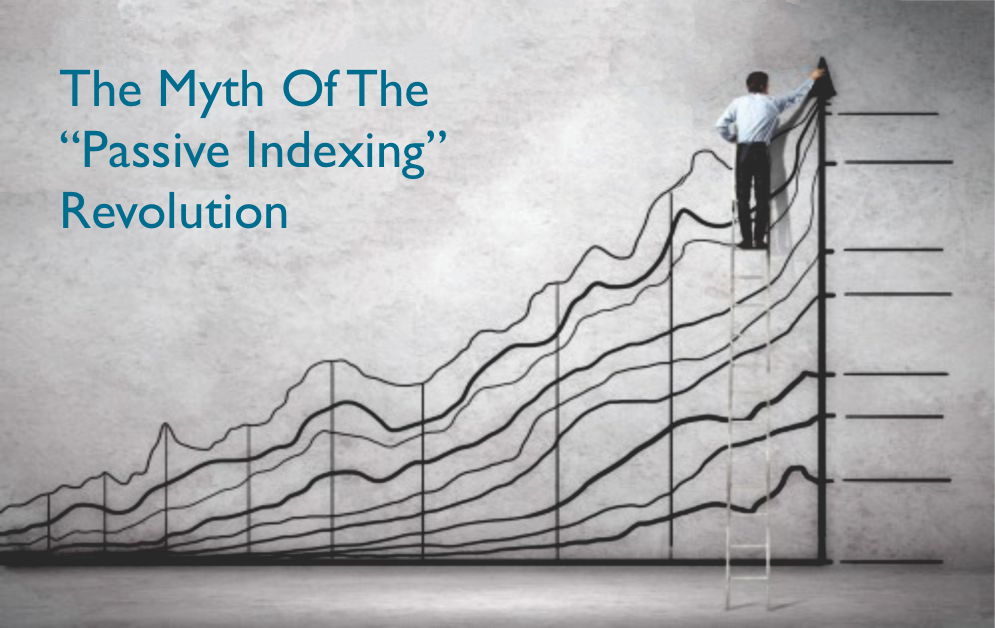by Brad McMillan, CIO, Commonwealth Financial Network
The key driver of the stock market, over the long term, is earnings. In the short term as well, earnings can be the primary driver of market performance. So, each quarter, it makes sense to review whether earnings are doing well or poorly, and why.
With the change in administration and recent market run-up, this is particularly important right now. Uncertainty—both political and economic—has ratcheted back up, and fears of a renewed slump are legion.
But it’s not as simple as looking at the actual earnings; to understand the effects on markets, we have to consider what the market expected, and priced in, and how the reality compares with those expectations. Drilling down further, we also need to consider how those expectations were set. The dance goes something like this: optimistic analysts start the quarter too high and adjust down in response to companies that are trying to keep expectations low, so as to beat them more easily. Then, come quarter-end, expectations are low and actual results high, and everyone can be pleasantly surprised.
Potential for positive surprises
The good news this quarter is that, taking everything into account, expectations are still pretty good and actual results are likely to be even better. In aggregate, earnings per share for the S&P 500 are expected to rise by 3.2 percent. If that plays out, it would be the second straight quarter of earnings growth—and the first time that has happened since the end of 2014 and start of 2015. This is a pretty good starting point by recent standards, but it looks even better once we start to factor in “surprises.”
According to FactSet, over the past five years, on average, about two-thirds of S&P 500 companies have beaten earnings estimates, by an average amount of 4.5 percent. Translating this into earnings growth for the index as a whole, earnings have typically come in about 3 percent higher than expected from start to finish. Looking at today’s expectations, then, we might expect earnings growth of around 6 percent when all companies have announced.
From a market perspective, that would be a very positive surprise.
Although it’s early in the process, with only 6 percent of companies reporting as of the end of last week, signs are good that we’ll be pleasantly surprised. So far, 70 percent of companies have beaten earnings estimates, which is above the five-year average of 67 percent. Moreover, the amount of surprise earnings growth is 5.9 percent, also above the five-year average. Based on results so far, that 3-percent bump may actually come in a bit higher.
What does this mean for 2017?
Beyond the immediate results, higher Q4 earnings growth also bodes well for the coming year. With expectations for 11-percent earnings growth in 2017, the gap between the current 3-percent figure and the projected number looks daunting. If that 3 percent increases to 6 percent, however, the 2017 estimate looks more achievable. Faster earnings growth also is consistent with the growing business and consumer confidence numbers we’ve seen lately and, in what could be the start of a virtuous cycle, should further boost both.
Of course, it’s early days yet. Though the stock market is reflecting quite a bit of optimism, that optimism does seem to be well supported, at least for right now. We need to keep an eye on the rest of the reporting season, but at the moment, the news is good.
Brad McMillan is the chief investment officer at Commonwealth Financial Network, the nation's largest privately held independent broker/dealer-RIA. He is the primary spokesperson for Commonwealth's investment divisions. This post originally appeared on The Independent Market Observer, a daily blog authored by Brad McMillan.
Forward-looking statements are based on our reasonable expectations and are not guaranteed. Diversification does not assure a profit or protect against loss in declining markets. There is no guarantee that any objective or goal will be achieved. All indices are unmanaged and investors cannot actually invest directly into an index. Unlike investments, indices do not incur management fees, charges, or expenses. Past performance is not indicative of future results.
Commonwealth Financial Network is the nation's largest privately held independent broker/dealer-RIA. This post originally appeared on Commonwealth Independent Advisor, the firm's corporate blog.
Copyright © Commonwealth Financial Network















